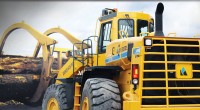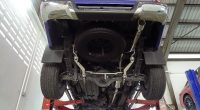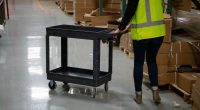The Importance of NC Turning
For those of you who are wondering, NC turning is a branch of engineering. Below we will go over its importance and basics.

The job of an engineer is to come up with a simple solution for a complex design plan. This means almost everything including everyday items, such as cars, smartphones, aeroplanes and so much more the list could go on for a long time. So the study of NC turning and engineering are all very important and make our lives a lot easier regarding functionality.
The items and machinery we use every day are made up of a lot of different parts. Each part can also be made from different materials and they all require their own geometry, dimensions, and surface qualities. An engineer must combine all of these together and come up with a technical drawing which is commonly referred to as a blueprint. Each of these parts then must be produced and it has to be determined which way would be the most effective. Some of these methods may include 3D printing, casting, milling, welding, and so on, one method that is essential is, of course, NC turning.
A person trained in NC turning is called an NC turning machinist and he receives the blueprint from the engineer. The machine that is used is called an NC lathe and it operates by turning the material around on an axis at incredibly fast speeds. The cutting tools that are used are computer operated and managed by software which works by cutting away all the parts you don’t need and leaving the original design. Now there are many ways you can use this machine to build the blueprint that you have. It is quite a pricey machine, but it is capable of doing extraordinary things. Just to give you a rough idea of how incredible and precise these machines are it can achieve an accuracy of up to below 10 microns which is roughly five times thinner than a strand of human hair.
The job of this machinist is to use the computer and the software to operate the machine. They are the ones that set up all the angles and tools that need to cut and create the part. They must also prepare the machine and set up all these said tools. These tools are also quite remarkable and cut almost anything including bronze, aluminium, stainless steel, steel, plastic, basically any material you can think of. The clamp must also be put on the material by the machinist to make sure that the material is held firmly in place while this process happens.
When this process starts, the machinist must be absolutely sure that the dimensions they have set exactly correlate to the blueprint they have received from the engineer. This is why they use only the most accurate of inspection tools. Someone who has experience or is gifted in this field will be able to get the specifications right from the very first attempt after receiving the blueprint. The last and final stage of the machinist who has studied NC turning must run quality control. Once they have done everything correctly they can then send the part down the assembly line. This is only one step of a complicated process and requires everyone to do their jobs well in order to keep the customer happy with the finished result.



